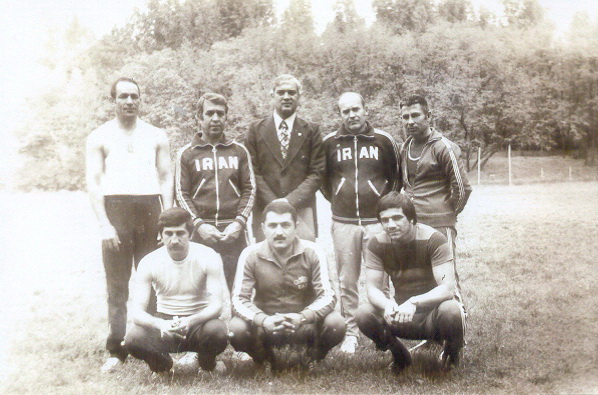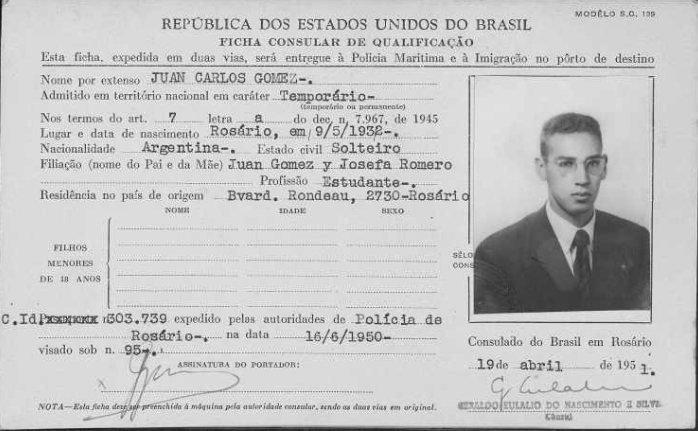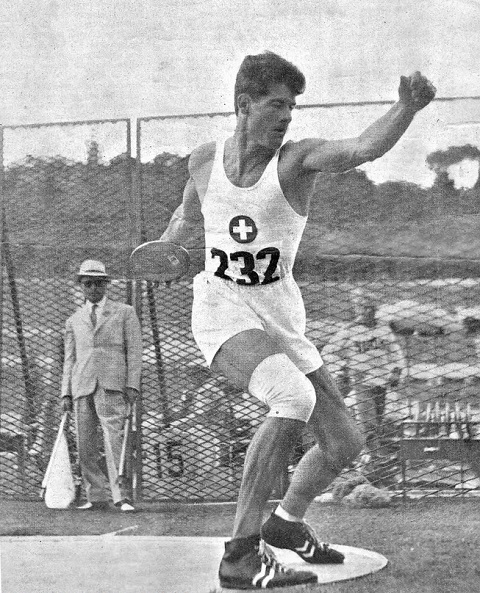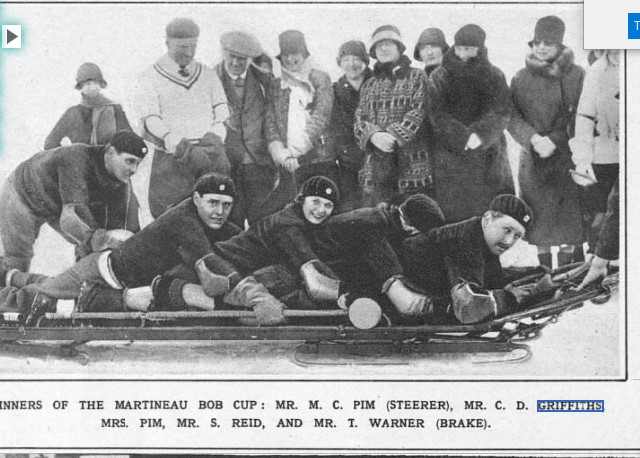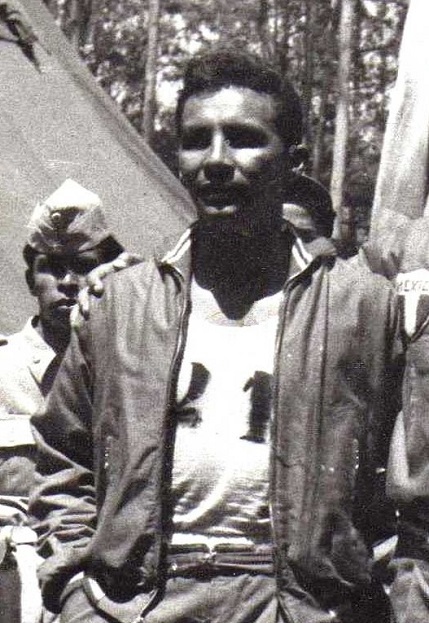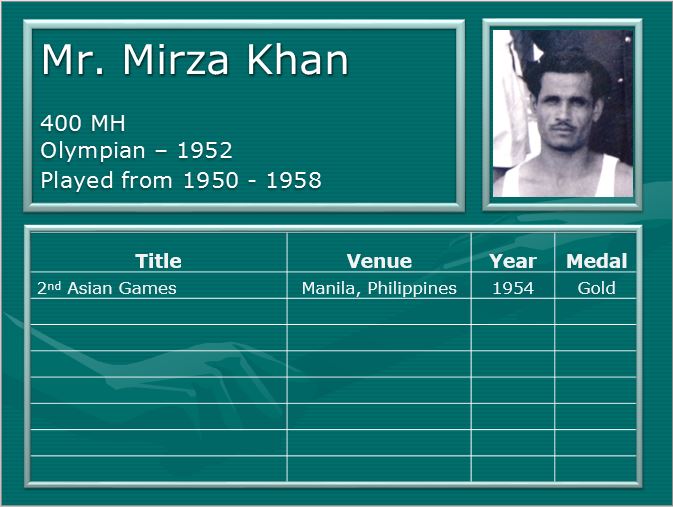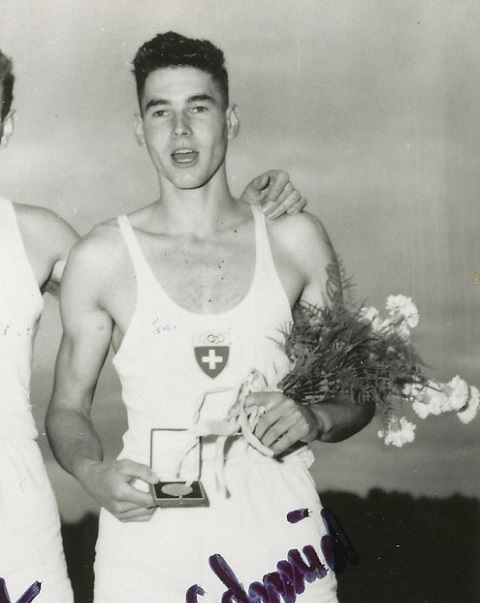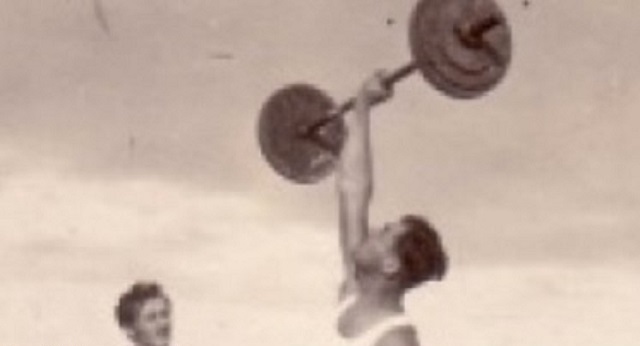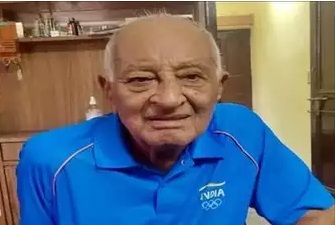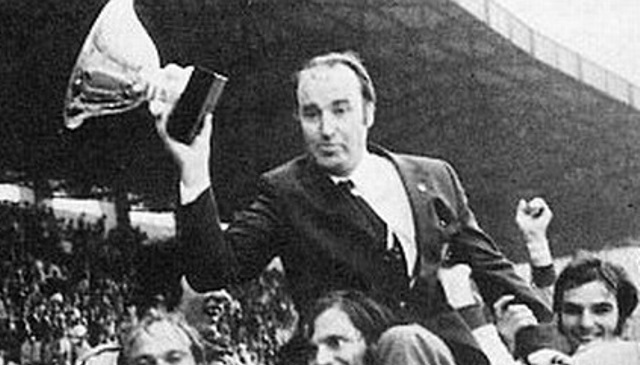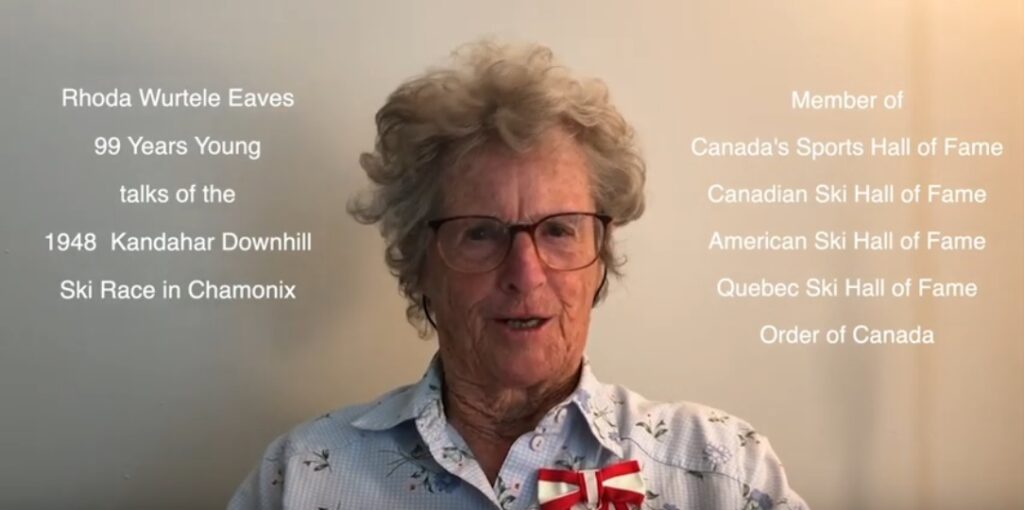Today on Oldest Olympians, we wanted to share a brief mystery that seems pretty clear, but is missing a final piece of the puzzle. It concerns the French boxing delegation to the 1928 Amsterdam Games, a group for whom we have fairly uneven information. In particular, however, we wanted to focus on a reserve with the team that is listed as “M. Chapuis”.
M. Chapuis was France’s reserve boxer in the bantamweight tournament in Amsterdam. The nation’s starter in that category was Ernest Mignard, who received a bye in round one and then lost to Jack Garland of Great Britain in his first bout. Mignard turned professional before the year was out and had a career that lasted through 1937, when he retired with a record of 18-27-5.
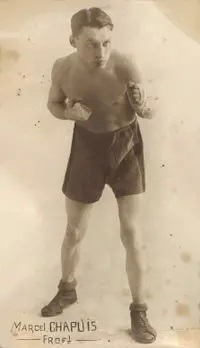
(Marcel Chapuis, pictured at Boxer List)
So who was M. Chapuis and would he have fared any better? We believe that he was actually Marcel Chapuis, who embarked on his own professional bantamweight career beginning in September 1929. His career lasted until the beginning of 1935, and he retired with a 20-7-1 record. Even if we could make the connection for certain, however, he would still remain an Olympic mystery, as we have no birth and death information for Marcel, or even an age that could help guide our research.
As we mentioned, the information we have on the 1928 French boxing delegation is somewhat uneven. For example, we know that light-heavyweight Robert Forquet, who also competed in 1924, was born May 6, 1905, but we lack a date for his death. For his compatriots who also never turned professional, featherweight Georges Boireau and Michel Langlet (also a 1924 non-starter), we lack a date of birth or even an approximate age. Welterweight Robert Galataud, who lost the bronze medal match, did turn professional in 1929 and had a 13-12-5 career through 1932, although we do not have any information about his personal life either.
For the remaining reserves, with the exception of 1924 Olympic bronze medalist Jean Ces, we know even less, and have only two full names. Heavyweight Marcel Moret, possibly born c. 1909, had a 19-17-1 professional career that ended in a loss for the French heavyweight title in 1933. Lightweight Robert Frédéric, meanwhile, had no professional career that we know of. Flyweight A. Hummel might have been the professional boxer Hummele, whose 3-2-2 career lasted from 1929 through 1932, but we cannot say for certain. Of middleweight G. Genet and light-heavyweight G. Guillotin, we know nothing at all.
Finally, we wanted to thank Horacio Hernan Macchiavello, who confirmed that Argentine rower Juan Carlos Gómez, born May 9, 1932, who we thought may have died in 1982, actually died rather recently, on March 22, 2021, at the age of 88.
